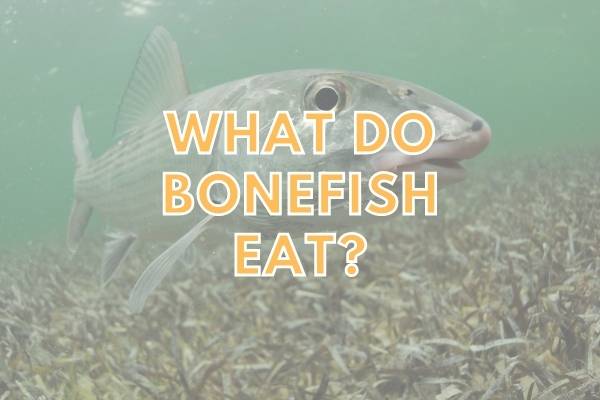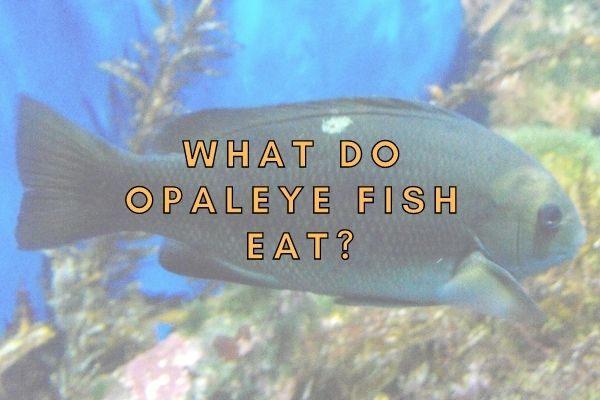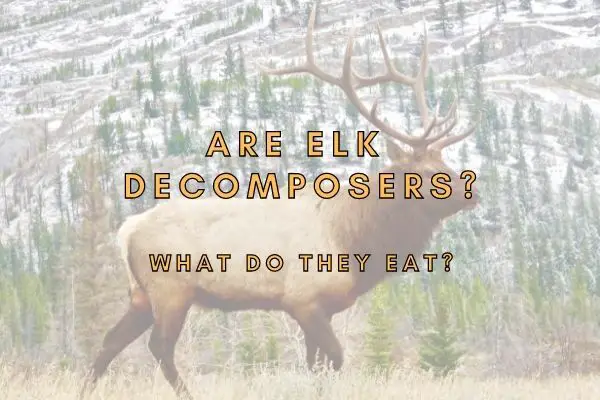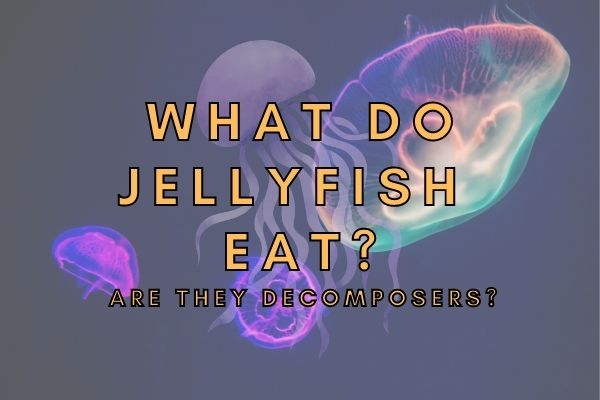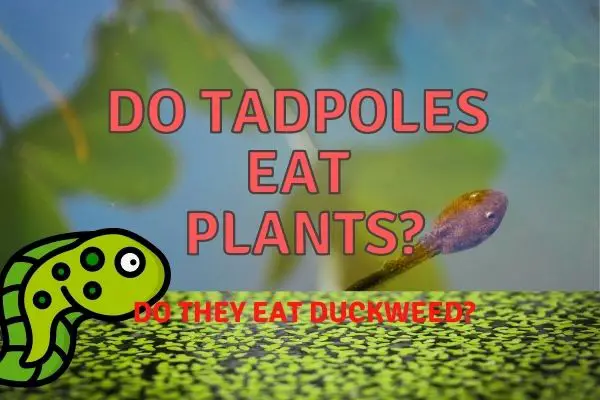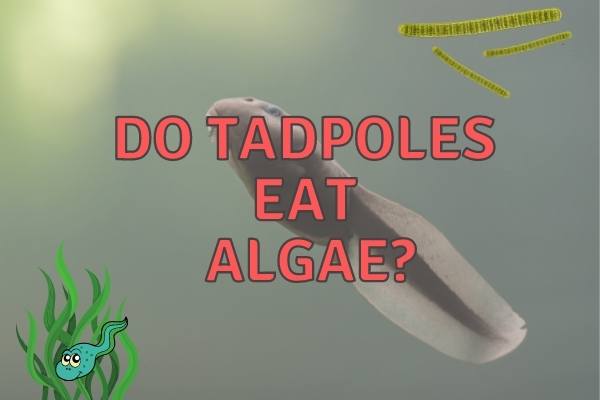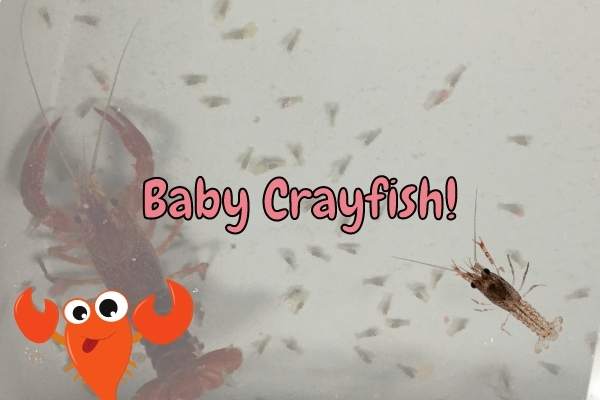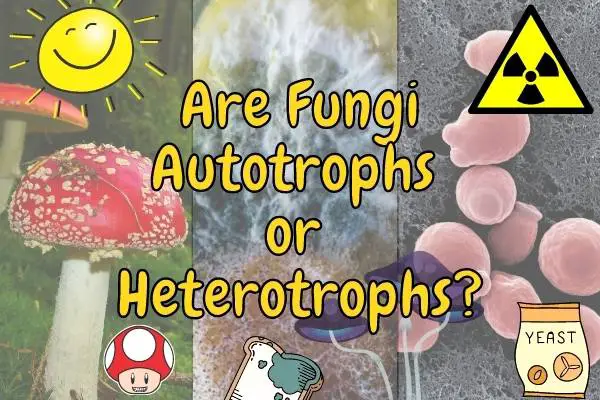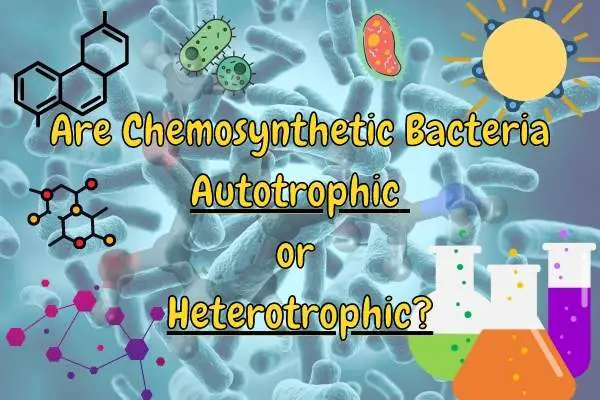What do bonefish eat? (Answered!)
The bonefish is a carnivore that feeds on smaller animals. They are found in tropical and subtropical waters around the world. Their diet consists mainly of small fish, but they will also eat worms, molluscs, shrimp and tiny crabs. Bonefish are important predators in the food web and help to keep the populations of smaller…

